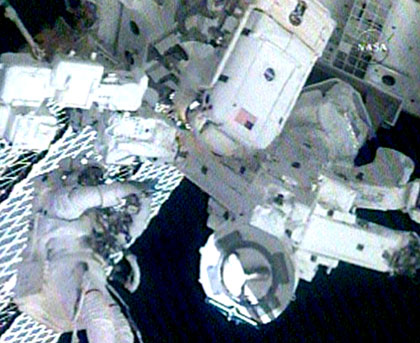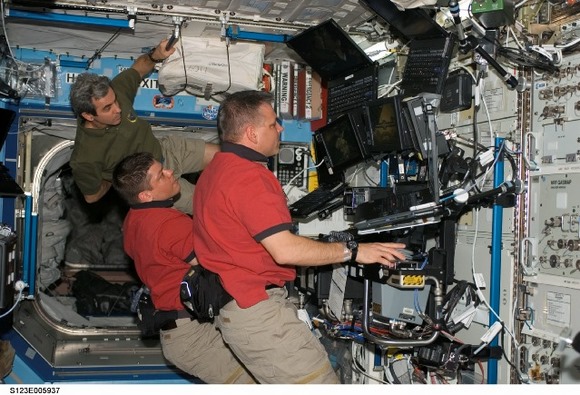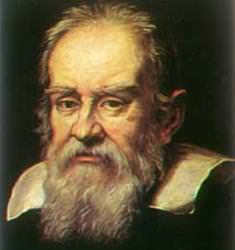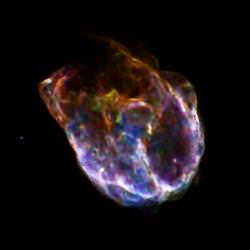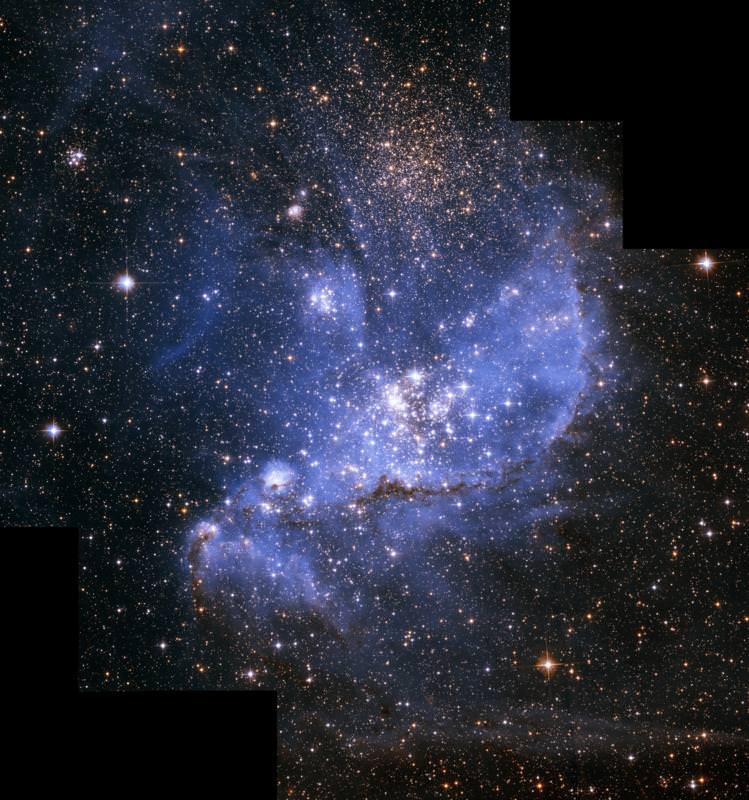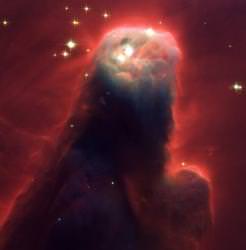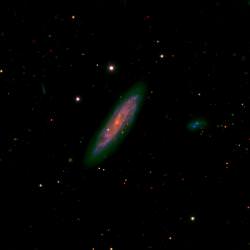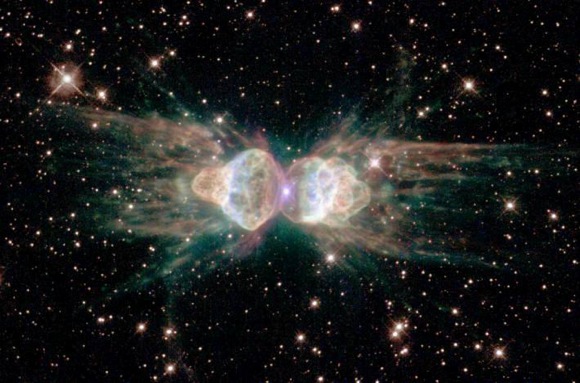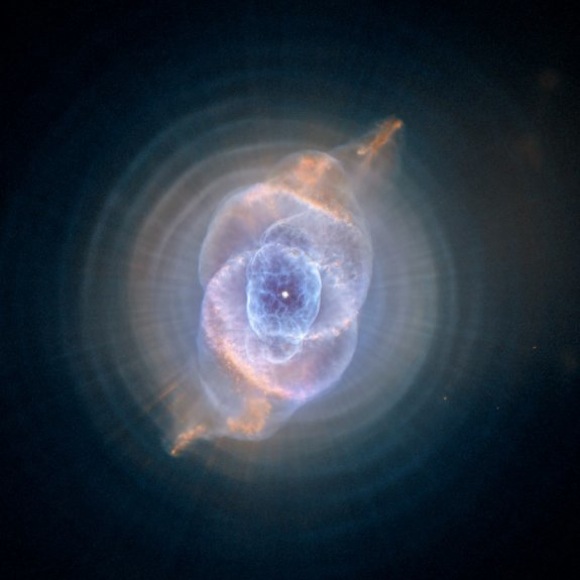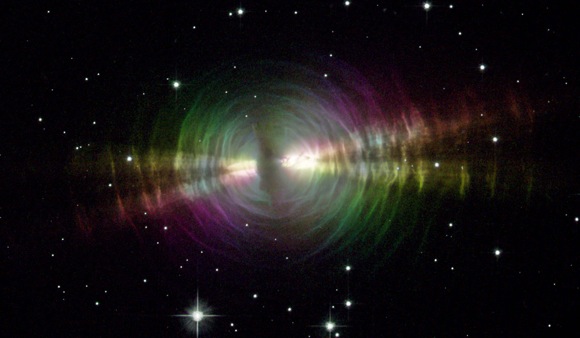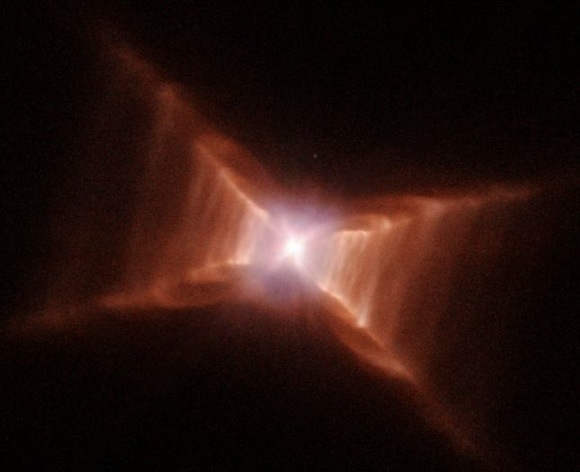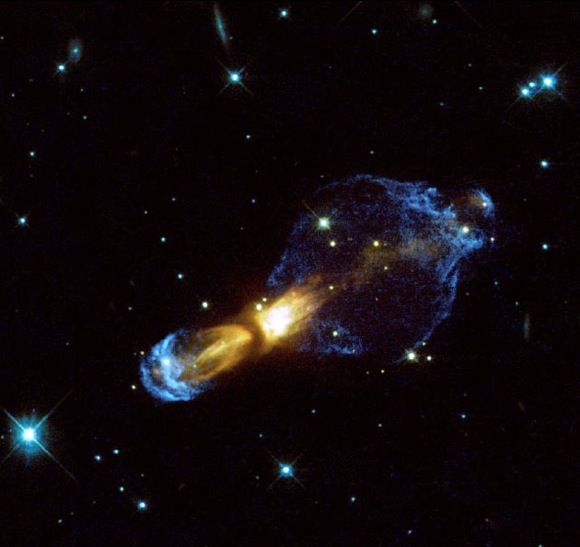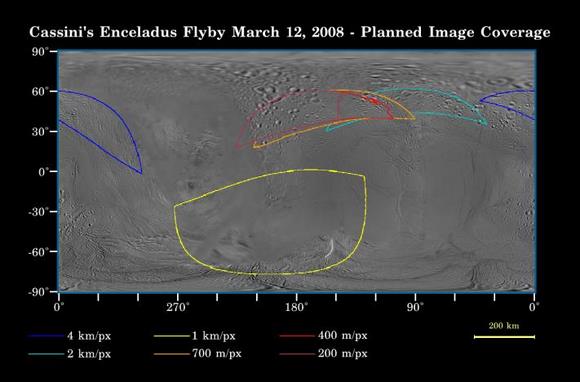The crews of space shuttle Endeavour and the International Space Station have been busy during the current mission and here’s a few pictures and a video to update what’s been happening. Early Sunday, Mission Specialists Rick Linnehan and Mike Foreman completed the second spacewalk of five scheduled for STS-123. The two spacewalkers assembled Dextre, the final element of the International Space Station’s Mobile Servicing System, attaching two arms to the robot-like tool designed for station maintenance and service. Above is a picture of Linnehan during the first spacewalk. He’s anchored to the Canadarm2 mobile foot restraint as it moves him into position for a construction task. Isn’t that something we’d all like to do….be out in space and pretend to be flying? This image is the embodiment of the human spirit.
Here’s an image from the second spacewalk, with the two astronauts working on constructing the stick-figure like Dextre. With its two arms, Dextre will remove and replace smaller components on the Station’s exterior. It will be equipped with lights, video equipment, a tool platform and four tool holders. Each of the arms are 11 feet long and have seven different joints.
Dextre can perform dexterous tasks, and can sense forces and movements of objects it is manipulating, and can automatically compensate its movements to ensure the payload is manipulated smoothly. Dextre will be used to load and unload objects, use robotic tools, attach and detach covers and install various units of the Space Station.
The other important task for this mission is attaching the Japanese Logistics Module’s Pressurized Section (JLP), the first component of the Japan’s Kibo laboratory. This is an image from NASA TV showing Japanese astronaut Takao Doi as he and Expedition 16 Commander Peggy Whitson open up the module and go inside for the first time.
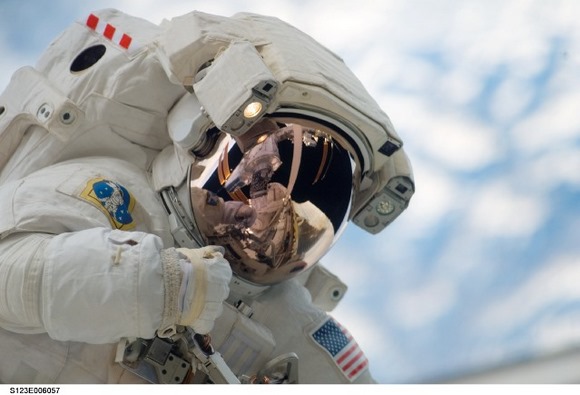
Astronaut Garrett Reisman, Expedition 16 flight engineer works during the first spacewalk of the mission. Among other tasks, he and Linnehan prepared the Japanese logistics module for removal from Space Shuttle Endeavour’s payload bay and installed equipment on Dextre.
NASA astronauts Greg Johnson (foreground), STS-123 pilot; and Bob Behnken, mission specialist, work the controls of the station’s robotic Canadarm2 in the Destiny laboratory of the International Space Station while Space Shuttle Endeavour is docked with the station. European Space Agency (ESA) astronaut Leopold Eyharts, mission specialist, looks on.
Wake-up calls are a long-standing tradition of the NASA program. Each day during the mission, flight controllers in the Mission Control Center will greet the crew with an appropriate musical interlude. This video from flight day 4 gives us chance to get to know Garrett Reisman (aka Mr. Saturday Night) who will stay on board the ISS for 6 months.


